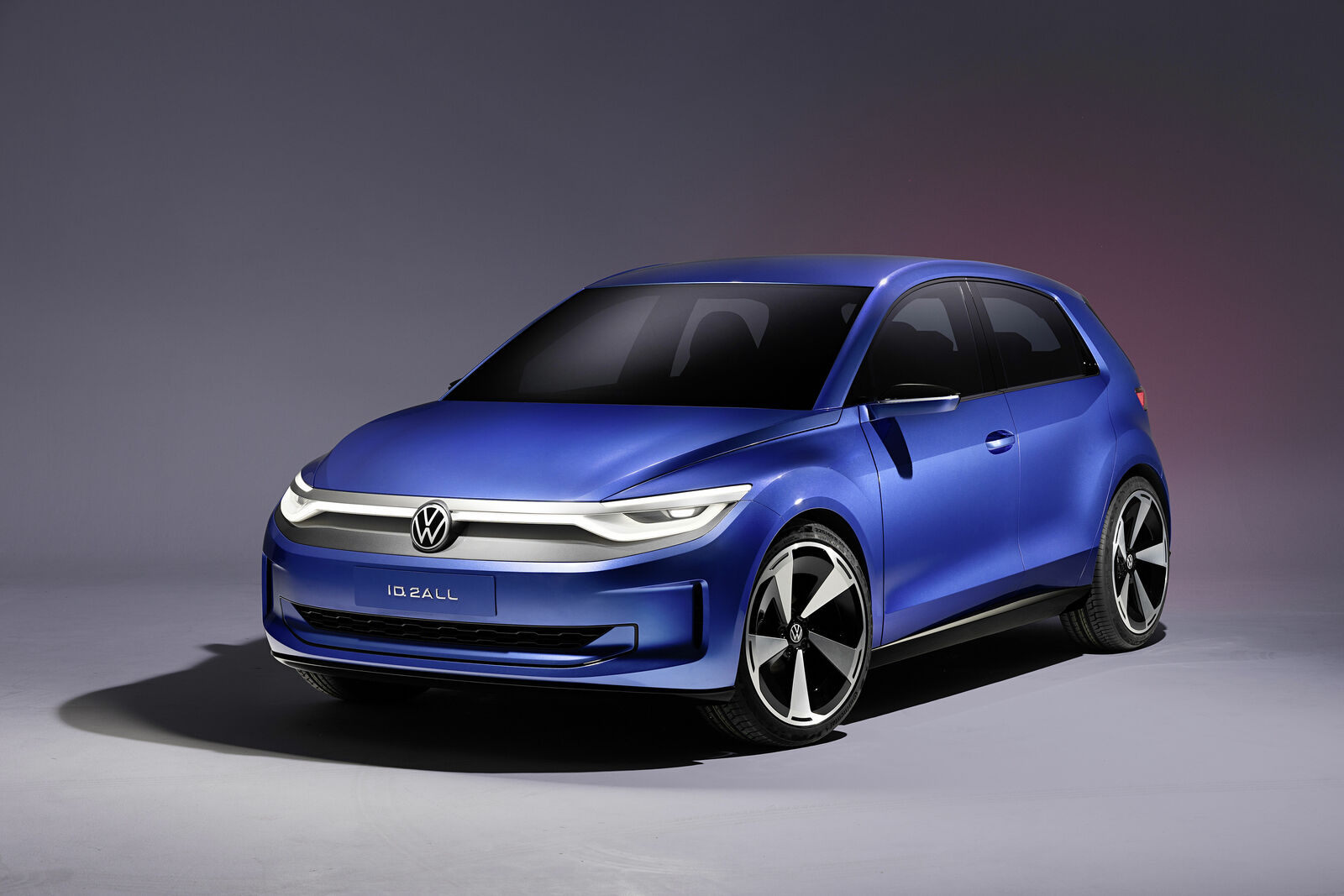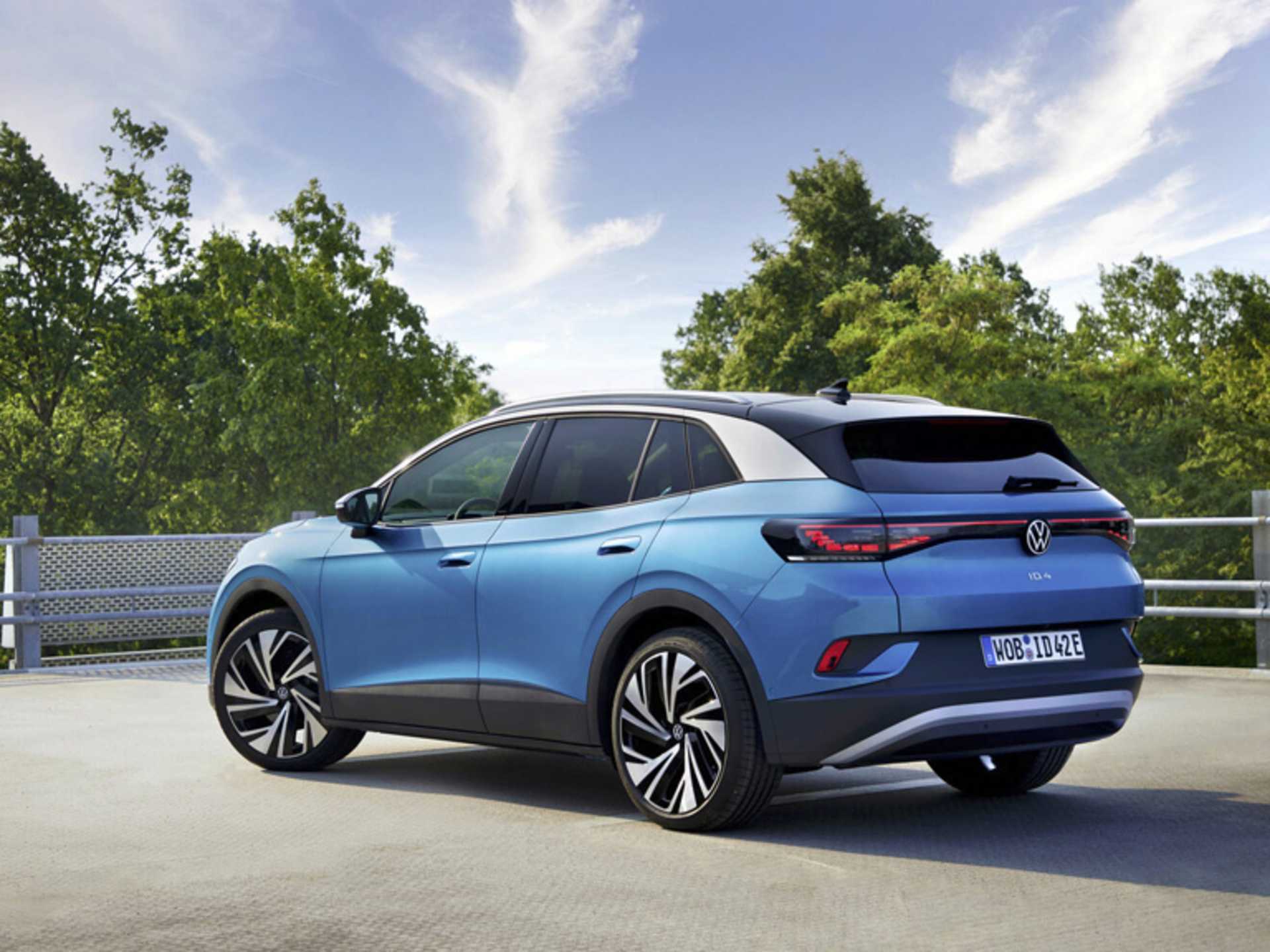The Electric Revolution: Volkswagen’s Charge into the Future
Volkswagen, a name synonymous with the “people’s car,” is undergoing a dramatic transformation. From the iconic Beetle to the ubiquitous Golf, the German automaker has shaped the automotive landscape for decades. Now, facing the urgent call for sustainable transportation, Volkswagen is betting big on electric vehicles (EVs), aiming to become a global leader in the electric era. This 3000-word exploration delves into Volkswagen’s electric journey, examining its strategy, technology, challenges, and the potential impact on the future of mobility.
The seeds of Volkswagen’s electric revolution were sown amidst the turmoil of the “Dieselgate” scandal. The revelation of manipulated emissions testing in 2015 forced the company to confront its environmental responsibilities and fundamentally rethink its future. This crisis acted as a catalyst, accelerating the shift towards electrification that was already gaining momentum within the industry.
The MEB Platform: A Modular Backbone

Central to Volkswagen’s EV strategy is the Modular Electric Drive (MEB) platform. This purpose-built architecture forms the foundation for a wide range of electric vehicles, from compact hatchbacks to SUVs and even commercial vans. The MEB platform offers several key advantages:
Scalability: The modular design allows for flexibility in battery size, wheelbase, and motor configuration, enabling the creation of diverse vehicle models.
The ID. Family: A New Era of Electric Vehicles
The ID. family represents Volkswagen’s dedicated lineup of electric vehicles built on the MEB platform. The ID.3, a compact hatchback, was the first model to launch, followed by the ID.4, a global SUV. These models showcase Volkswagen’s commitment to delivering practical, affordable, and stylish EVs for the mass market.
ID.3: The Electric Golf Equivalent
Battery Technology and Charging Infrastructure

The heart of any electric vehicle is its battery. Volkswagen is investing heavily in battery technology and charging infrastructure to ensure the success of its EV strategy.
Battery Supply Chain: Volkswagen is establishing a robust battery supply chain, including partnerships with battery manufacturers and investments in raw material sourcing.
Software and Connectivity
Software and connectivity are playing an increasingly important role in the automotive industry, and Volkswagen is embracing these technologies to enhance the EV experience.
Over-the-Air Updates: Volkswagen is implementing over-the-air software updates to improve vehicle performance, add new features, and address potential issues.
Challenges and Competition
Volkswagen’s electric journey is not without its challenges. The company faces intense competition from established automakers and emerging EV startups.
Competition: Tesla, established EV manufacturers, and traditional car companies are all competing in the growing EV market.
The Future of Volkswagen’s Electric Vision
Volkswagen’s commitment to electrification is evident in its ambitious targets and significant investments. The company aims to become the world’s leading provider of sustainable mobility, with a focus on electric vehicles.
The “New Auto” Strategy
Volkswagen has launched its “New Auto” strategy, which outlines its vision for the future of mobility. This strategy focuses on:
Electric Vehicles: Accelerating the transition to electric vehicles and expanding the ID. family.
The Impact on the Automotive Industry
Volkswagen’s electric transformation is having a significant impact on the automotive industry. The company’s commitment to EVs is driving innovation, accelerating the adoption of electric vehicles, and shaping the future of mobility.
Industry Transformation: Volkswagen’s EV strategy is pushing other automakers to accelerate their own electrification plans.
Volkswagen’s journey into the electric era is a bold and ambitious undertaking. While challenges remain, the company’s commitment to innovation, sustainability, and customer satisfaction positions it for success in the rapidly evolving automotive landscape. The “people’s car” is evolving, and the future is electric.



